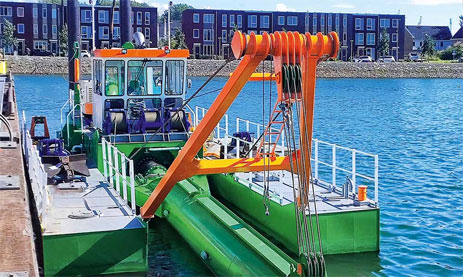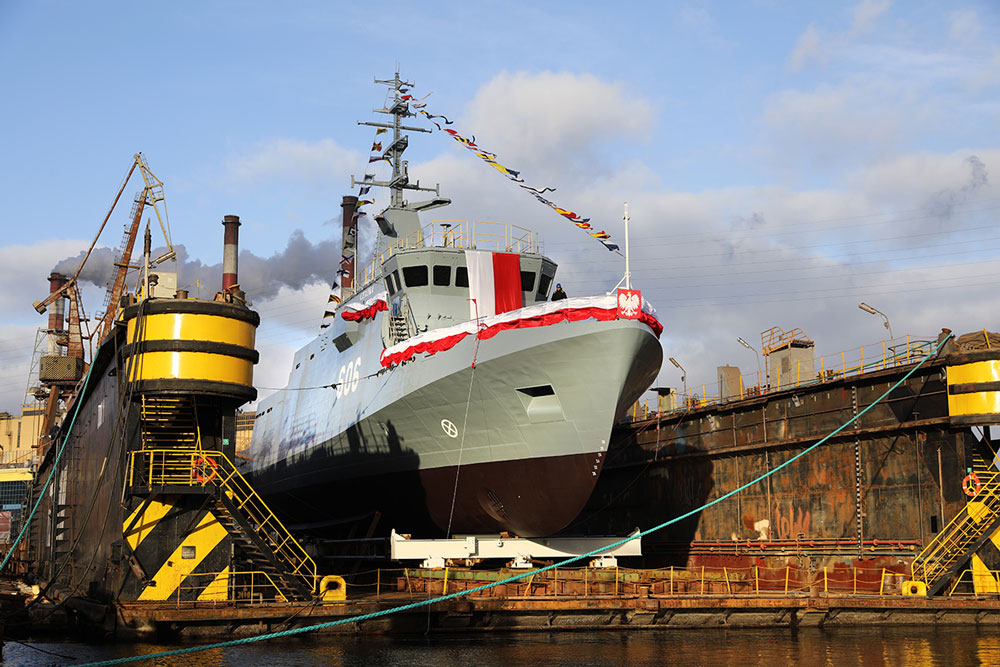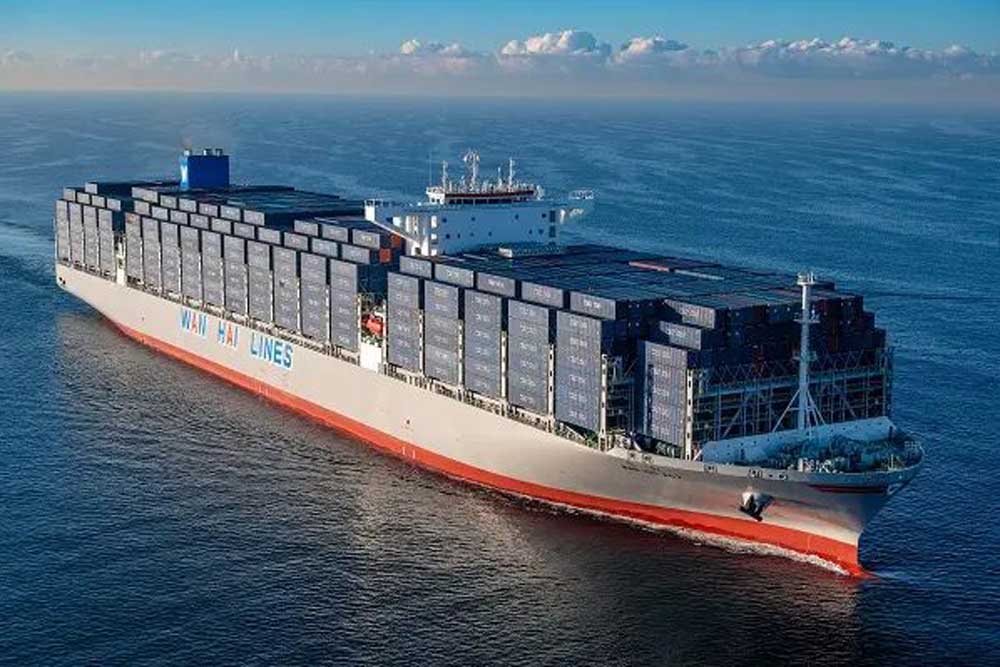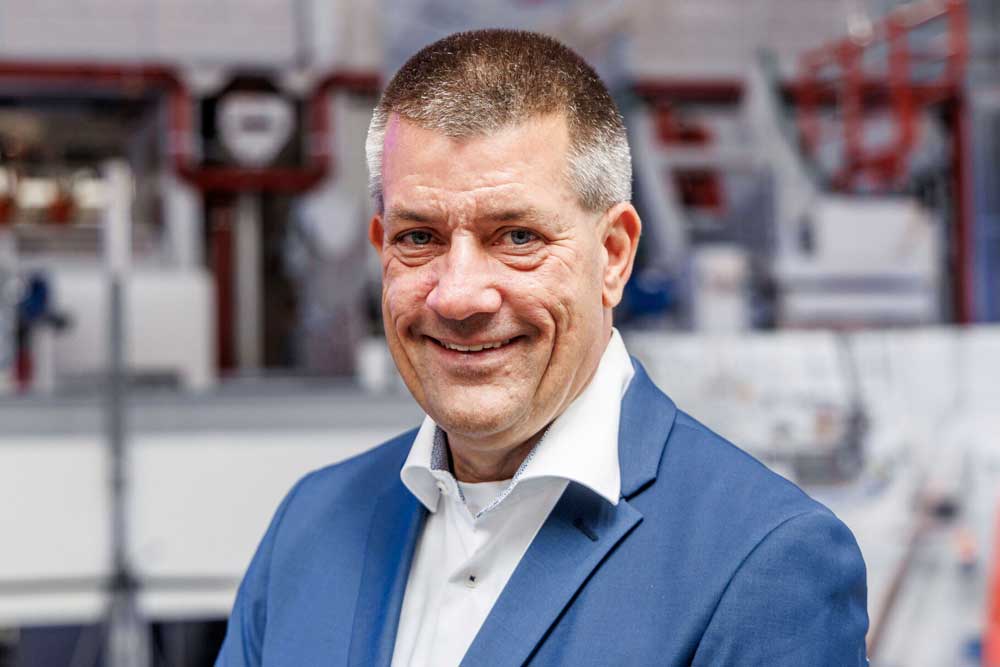The Brazilian Navy, Emgepron and Águas Azuis have christened the F201 frigate “Jerônimo de Albuquerque”. The ship is the second new build of a total of four frigates that were ordered for around €2 billion in 2020. The programme aims to modernize the operational capabilities of the Brazilian Navy with high-tech vessels.
Águas Azuis is a project company of the German shipbuilding company TKMS as well as Embraer Defense & Security and Atech. “Our commitment in Brazil goes far beyond the delivery of ships,” said TKMS CEO Oliver Burkhard. “TKMS is continuously and strategically investing in strengthening the local defense industry, transferring technology and training a skilled workforce, contributing to the country’s national sovereignty and socio-economic development. We are proud of the progress of the program and grateful for the close partnership with the Brazilian Navy and Emgepron.”
The naming ceremony for the “Jerônimo de Albuquerque”, named after a 16th century Portuguese nobleman, took place at TKMS Estaleiro Brasil Sul in Itajaí. The ship’s godmother was Lu Alckmin, wife of Brazilian Vice President Geraldo Alckmin. The Minister of Defense José Mucio Monteiro, Navy Commander Admiral Marcos Sampaio Olsen and representatives of civil and military authorities, the defence industry and the scientific community also attended the naming ceremony.
The frigate is 107 meters long, displaces 3,500 tons and has a maximum speed of 25 knots. According to TKMS, it is equipped with “state-of-the-art systems and a high combat capability”. The Combat Management System (CMS), which was developed in collaboration with the Brazilian company Atch and the TKMS segment Atlas Elektronik, integrates sensors and weapons in an intelligent way and thus enables an effective response to various types of threats, according to the company.
Three of the program’s frigates are currently being built in Itajaí. The F200 “Tamandaré” was launched in August 2024 and is due to begin its first sea trials in the coming weeks. For eight days, its propulsion power, power generation, maneuverability, seaworthiness and navigation, communication and safety systems will be tested. After this phase, the ship will return to the shipyard, where the crew will be trained and final preparations will be made for the official delivery, which is scheduled for the end of 2025.














